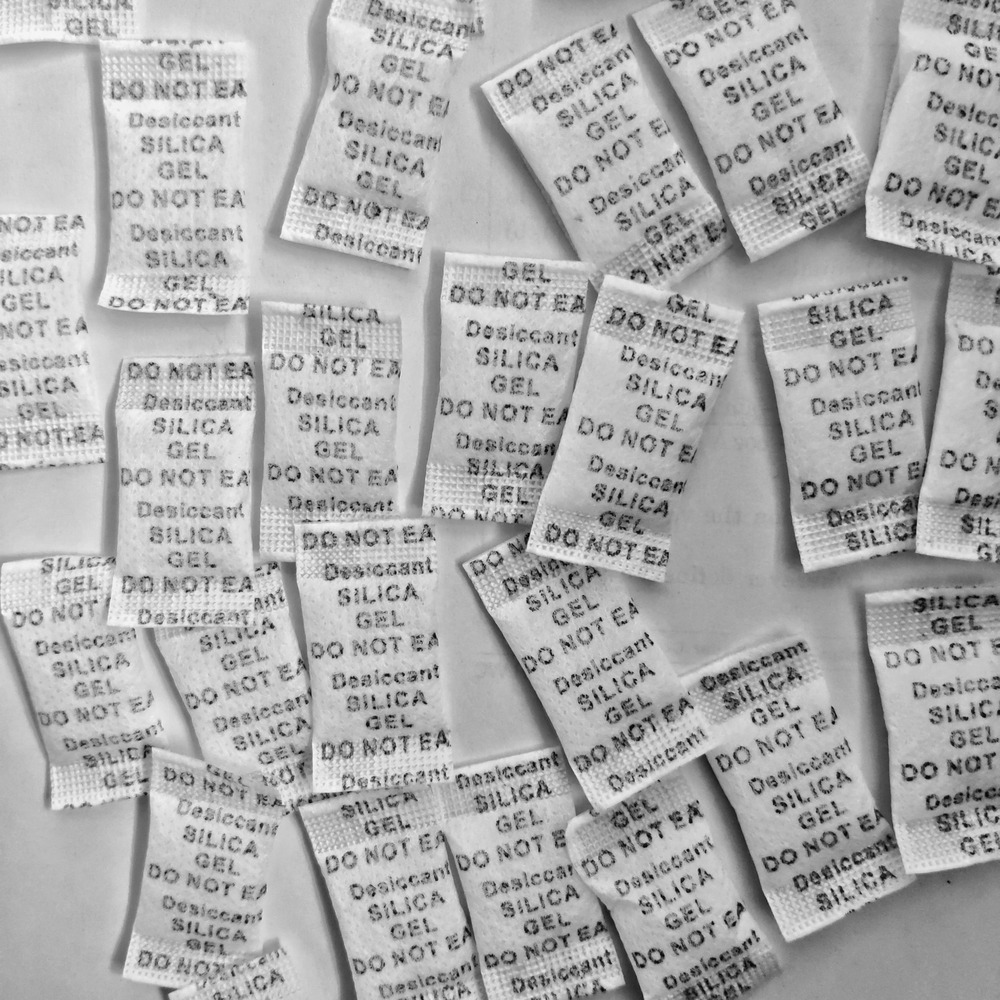
Silica gel pouches are used to absorb moisture and keep things dry. Brands add them to new products, to protect products from dampness and it is used in industries as well. we AHARNISH Desiccant are effectively engaged in the manufacturing of silica gel bags from past 18 years. Our manufacturing and supplying range of products are White Silica Gel Non Indicating, Blue Silica Gel Indicating sachets or pouch.
Silica Gel is a solid desiccant (drying and dehumidifying agent)that drinks up moisture to effectively
prevent rust, corrosion,spoilage, fogging and condensation.It is not a wet gel as the name might suggest,
and should not be confused with silicone gel. Silica gel is the most commonly used desiccant for providing
efficient protection against excessive humidity in sealed spaces.
This granular, vitreous, highly
porous form of silica is made synthetically from sodium silicate. Silica gel beads contain millions of tiny
pores that adsorb and hold water vapour and remain dry to the touch, even when fully saturated. This is
highly porous substance can adsorb up to 40 percent of its own weight at 50% RH and 25°C, and can take the
relative humidity (RH) in a closed container down to about 40%, which makes this the highest water holding
capacity, of any commercially used desiccant available.
Although the packets have a huge 'DO NOT EAT' sign, silica gel is actually non-toxic, so on its own it's not actually poisonous. However, you should obviously keep them inaccessible to animals and small children who could eat them, as they can potentially have traces of other bad chemicals, and are a choking hazard.
These are estimates and relate to situations when used in an airtight container. The amount of silica gel or desiccant required will depend on several factors including: volume contents of container, the chemical characteristics of the product, physical properties of the container, and conditions in which container will be stored and used. The amount will depend on the application however for a well sealed item, it is suggested that 200 grams of silica gel is needed for every cubic metre of volume of the package - assuming that specimen and space were moderately dry when the silica gel was added.